Resources
About Us
Zero-Emission Construction Equipment Market by Power Source (Battery Electric, Hydrogen Fuel Cell, Hybrid), Type (Excavators, Loaders, Trucks, Cranes), End User, and Region – Global Forecast and Trends to 2035
Report ID: MREP - 1041504 Pages: 198 May-2025 Formats*: PDF Category: Energy and Power Delivery: 24 to 72 Hours Download Free Sample ReportThis comprehensive market research report analyzes the rapidly evolving Zero-Emission Construction Equipment market, evaluating how electrification technologies and sustainable construction practices are transforming the heavy equipment industry across various applications and regions. The report provides a strategic analysis of market dynamics, growth projections till 2035, and competitive positioning across global and regional/country-level markets.
Key Market Drivers & Trends and Insights
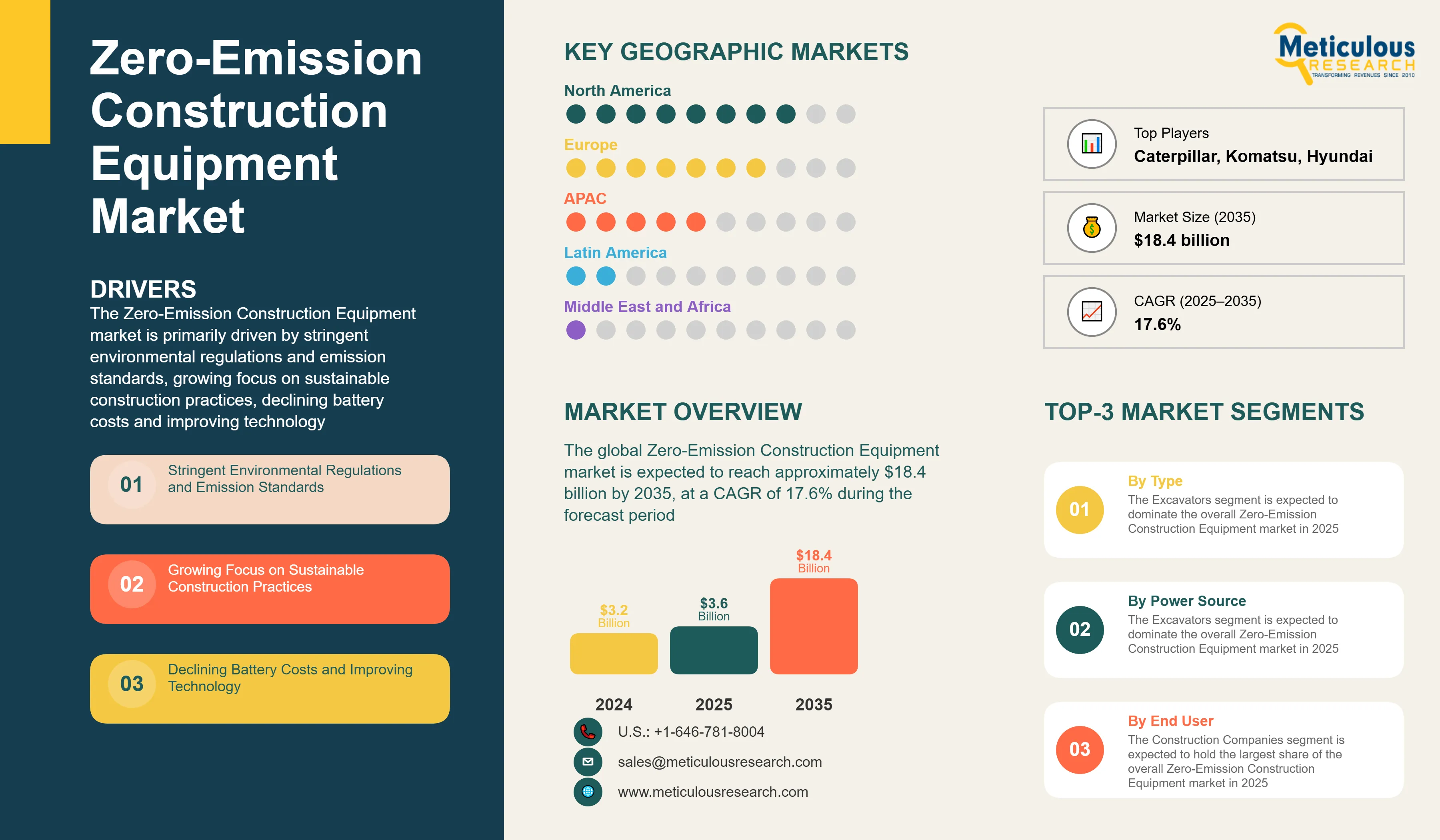
Click here to: Get Free Sample Pages of this Report
The Zero-Emission Construction Equipment market is primarily driven by stringent environmental regulations and emission standards, growing focus on sustainable construction practices, declining battery costs and improving technology, government incentives for clean energy equipment, and corporate sustainability goals and net-zero commitments. The increasing strategic partnerships between OEMs and technology providers are accelerating innovation, while the development of autonomous zero-emission equipment and integration of energy storage systems are creating new operational efficiencies. Additionally, the focus on total cost of ownership optimization, integration with renewable energy sources, and equipment-as-a-service business models are further driving market growth, especially in North America and Europe regions.
Key Challenges
Despite significant growth potential, the overall Zero-Emission Construction Equipment market faces challenges including high initial capital investment, limited charging infrastructure for heavy equipment, battery range and performance limitations, and long payback periods. Charging infrastructure development and grid capacity constraints, particularly for heavy-duty applications, represent significant barriers to widespread adoption. Technology integration and system compatibility requirements must be addressed. Additionally, skilled workforce training and adaptation needs and maintaining cost competitiveness with conventional diesel equipment present additional barriers, potentially slowing down market adoption in different regions across the globe.
Growth Opportunities
The Zero-Emission Construction Equipment market offers several high-growth opportunities. Integration with renewable energy sources presents a significant opportunity to create sustainable charging ecosystems for equipment fleets. The development of hydrogen-powered equipment can solve range and performance limitations in heavy-duty applications. Smart equipment with IoT and telematics provides advanced fleet management capabilities, while equipment-as-a-service business models improve accessibility and reduce upfront investment barriers. Additionally, the emergence of carbon credit markets and specialized applications in autonomous equipment operations presents untapped market potential, as organizations increasingly seek innovative solutions to meet sustainability commitments.
Market Segmentation Highlights
By Power Source
The Battery Electric segment is expected to hold the largest share of the overall Zero-Emission Construction Equipment market in 2025, due to their proven technology maturity, established charging infrastructure compatibility, and rapid cost reductions in battery technology. However, Hydrogen Fuel Cell systems are projected to grow at the fastest CAGR through 2035 as this technology offers rapid refueling capabilities and extended operational hours, making them increasingly attractive for heavy-duty construction applications.
By Type
The Excavators segment is expected to dominate the overall Zero-Emission Construction Equipment market in 2025, driven by their high adoption rate in electrification initiatives and diverse application versatility across construction projects. However, Dump Trucks are expected to grow at the fastest CAGR during the forecast period as this equipment type offers significant fuel savings potential and growing availability of electric and hydrogen variants.
By End User
The Construction Companies segment is expected to hold the largest share of the overall Zero-Emission Construction Equipment market in 2025, driven by sustainability mandates in commercial and infrastructure projects and corporate environmental commitments. Equipment Rental Companies follow as the second-largest segment, as rental providers seek to offer sustainable equipment options and reduce operational costs. However, the Government and Municipal Bodies segment is projected to grow at the highest CAGR during the forecast period as public sector organizations increasingly mandate zero-emission equipment in municipal projects and infrastructure development.
By Geography
North America is expected to hold the largest share of the global Zero-Emission Construction Equipment market in 2025, followed by Europe. Supportive policy frameworks, including emission regulations, substantial government incentives for clean equipment adoption, and strong corporate sustainability commitments, drive this leadership position. The U.S. represents the largest market in North America, while Germany leads in Europe due to stringent emission standards and advanced electrification initiatives. However, the Asia-Pacific region, particularly China, Japan, and South Korea, is projected to witness the highest CAGR during the forecast period 2025-2035, driven by increasing urbanization, growing infrastructure investments, and significant government support for electric vehicle adoption. The Middle East region shows promising growth potential as countries like the UAE and Saudi Arabia leverage their renewable energy initiatives and smart city developments to adopt zero-emission construction equipment.
Competitive Landscape
The global Zero-Emission Construction Equipment market is characterized by the presence of established heavy equipment manufacturers competing alongside specialized electric vehicle technology companies and battery system providers.
The broader landscape is categorized into traditional OEMs transitioning to electrification and pure-play electric equipment manufacturers, with each group employing distinctive strategies to maintain competitive advantage. Leading providers are focusing on integrated solutions that combine advanced battery systems with conventional equipment platforms and developing specialized charging infrastructure while navigating evolving emission regulations.
The key players operating in the global Zero-Emission Construction Equipment market are Caterpillar Inc., Komatsu Ltd., Volvo Construction Equipment AB, Liebherr-International AG, Hitachi Construction Machinery Co., Ltd., JCB Limited, Deere & Company, CNH Industrial N.V., Doosan Bobcat Inc., Hyundai Construction Equipment Co., Ltd., SANY Group Co., Ltd., XCMG Group, Zoomlion Heavy Industry Science & Technology Co., Ltd., Wacker Neuson SE, and Epiroc AB, among others.
|
Particulars |
Details |
|
Number of Pages |
198 |
|
Format |
PDF & Excel |
|
Forecast Period |
2025–2035 |
|
Base Year |
2024 |
|
CAGR (Value) |
17.6% |
|
Market Size (Value)in 2025 |
$3.6 billion |
|
Market Size (Value) in 2035 |
$18.4 billion |
|
Segments Covered |
By Power Source
By Type
By End User
|
|
Countries Covered |
North America: U.S., Canada |
|
Key Companies |
Traditional OEMs: Caterpillar Inc., Komatsu Ltd., Volvo Construction Equipment AB, Liebherr-International AG, Hitachi Construction Machinery Co., Ltd. Equipment Manufacturers: JCB Limited, Deere & Company, CNH Industrial N.V., Doosan Bobcat Inc., Hyundai Construction Equipment Co., Ltd. Heavy Equipment Specialists: SANY Group Co., Ltd., XCMG Group, Zoomlion Heavy Industry Science & Technology Co., Ltd., Wacker Neuson SE, Epiroc AB |
The global Zero-Emission Construction Equipment market was valued at $3.2 billion in 2024 and is expected to reach approximately $18.4 billion by 2035, growing from an estimated $3.6 billion in 2025, at a CAGR of 17.6% during the forecast period of 2025–2035
The global Zero-Emission Construction Equipment market is expected to grow at a CAGR of 17.6% during the forecast period of 2025–2035.
The global Zero-Emission Construction Equipment market is expected to reach approximately $18.4 billion by 2035, growing from an estimated $3.6 billion in 2025, at a CAGR of 17.6% during the forecast period of 2025–2035.
The key companies operating in this market include Caterpillar Inc., Komatsu Ltd., Volvo Construction Equipment AB, Liebherr-International AG, Hitachi Construction Machinery Co., Ltd., JCB Limited, Deere & Company, CNH Industrial N.V., Doosan Bobcat Inc., Hyundai Construction Equipment Co., Ltd., SANY Group Co., Ltd., XCMG Group, Zoomlion Heavy Industry Science & Technology Co., Ltd., Wacker Neuson SE, and Epiroc AB, among others.
Major trends shaping the market include strategic partnerships between OEMs and technology providers, development of autonomous zero-emission equipment, integration of energy storage systems, and focus on total cost of ownership optimization.
• In 2025, the Battery Electric segment is expected to dominate the overall Zero-Emission Construction Equipment market by power source.
• Based on equipment type, Excavators are expected to hold the largest share of the overall Zero-Emission Construction Equipment market in 2025.
• Based on end user, the Construction Companies segment is expected to hold the largest share of the global Zero-Emission Construction Equipment market in 2025.
• Equipment Rental Companies are expected to be the second-largest end-user segment in 2025.
• Hydrogen Fuel Cell systems are projected to grow at the highest CAGR in the power source segment through 2035.
• Dump Trucks are expected to grow at the highest CAGR during the forecast period among equipment types.
• Government and Municipal Bodies applications are projected to grow at the highest CAGR during the forecast period.
North America is expected to hold the largest share of the global Zero-Emission Construction Equipment market in 2025, followed by Europe. This is driven by stringent emission regulations, substantial government incentives for clean equipment adoption, and strong corporate sustainability commitments. However, the Asia-Pacific region is projected to grow at the highest CAGR during the forecast period.
The growth of this market is driven by stringent environmental regulations and emission standards, growing focus on sustainable construction practices, declining battery costs and improving technology, government incentives for clean energy equipment, and corporate sustainability goals and net-zero commitments.
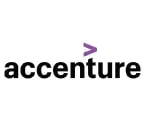














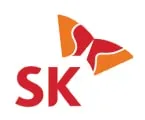
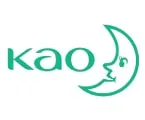

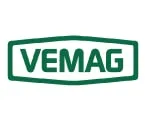




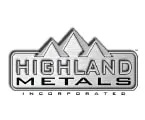
Published Date: May-2025
Please enter your corporate email id here to view sample report.
Subscribe to get the latest industry updates